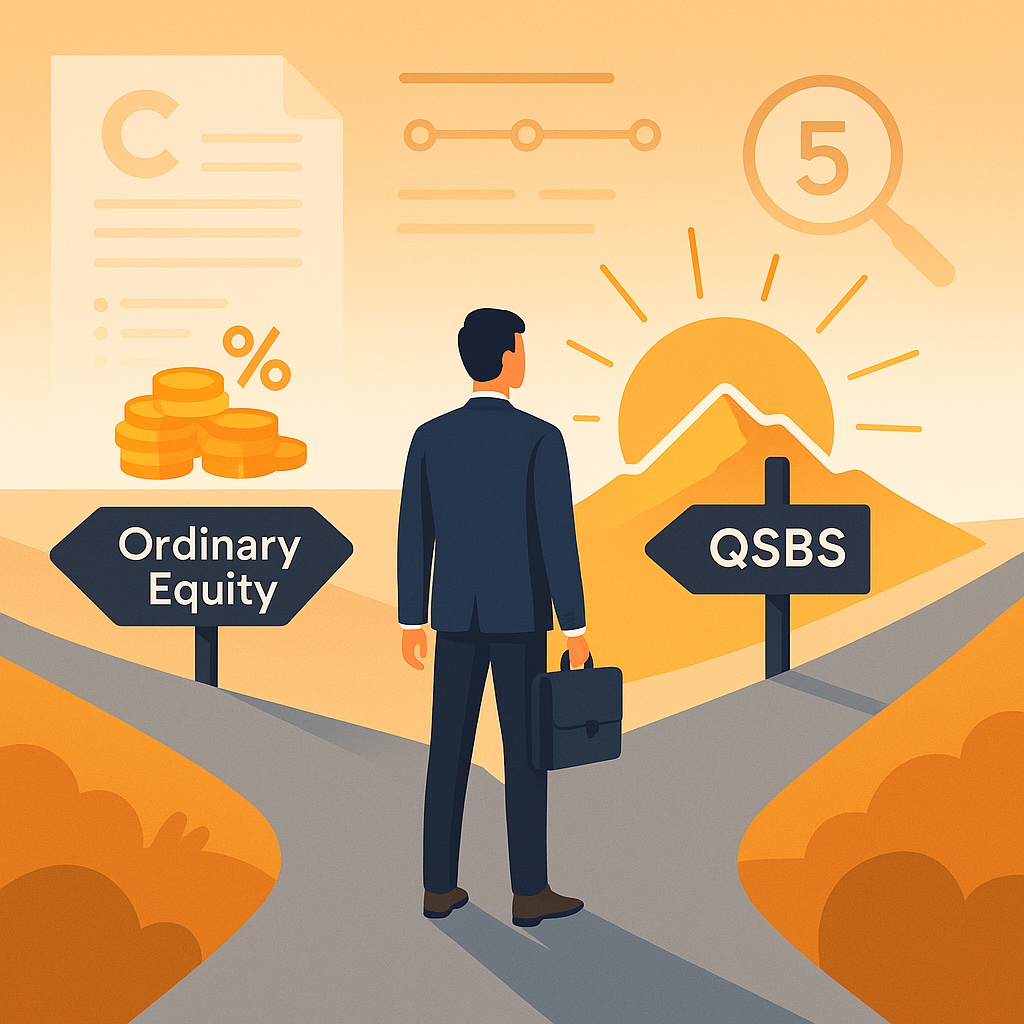In a world where DAOs, Decentralized Autonomous Organizations, rise like mountains on the blockchain landscape, governance remains the backbone that holds them together. Strong and true, governance defines the character of these organizations. Although this is not legal advice, I have had the opportunity to consult and observe a variety of DAOs, and hopefully the perspective of a lawyer can be helpful. We shall take a phased approach, each step building upon the last, until we reach the summit.
Identifying the Key Elements of a DAO Governance Structure
A man must know his terrain before traversing it. Likewise, we must understand the elements of DAO governance before embarking on our journey. These key elements, like the stars guiding sailors, will help navigate the waters of decentralized decision-making:
Token-based voting
Token-based voting is the cornerstone of decentralized governance. It allows token holders to exercise their influence in decision-making, proportionate to their holdings. Token-based voting can be designed in various ways, including weighted voting, quadratic voting, or time-locked voting.
Example: The MakerDAO uses its MKR token for governance, allowing token holders to vote on proposals affecting the ecosystem. The more MKR tokens one holds, the greater their voting power, ensuring that those with a significant stake in the organization have a strong say in its direction.
Delegation and Representation
Delegation and representation enable DAO members to entrust their voting power to others. This practice can lead to a more efficient decision-making process, allowing subject matter experts and community leaders to represent the interests of the larger community.
Example: Compound Finance enables users to delegate their voting power to others, empowering delegates to represent their interests. This system allows for the emergence of trusted delegates who can help guide the direction of the organization based on their expertise and community involvement.
Decision-making processes
A clear decision-making process is crucial for the smooth functioning of a DAO. The process should be transparent, efficient, and flexible, allowing for adjustments as the organization grows and evolves.
Example: Aragon, a platform for creating DAOs, provides a modular framework for decision-making processes, allowing for customizable governance models. Users can choose from a range of modules, such as voting, funding allocation, and access control, to tailor their DAO’s governance structure according to its specific needs.
Conflict resolution mechanisms
As with any organization, conflicts and disputes may arise within a DAO. Implementing a conflict resolution mechanism is essential to address these issues and maintain the organization’s stability.
Example: Kleros, a decentralized court system, offers a dispute resolution mechanism for DAOs and other blockchain-based organizations. Kleros uses a jury of randomly-selected token holders to decide on disputes, providing a fair and impartial resolution process.
Transparency and accountability
Transparency and accountability are fundamental to building trust within a DAO. Transparent decision-making processes, open financial records, and clear lines of responsibility help create an environment where all members can feel confident in the organization’s governance.
Example: MolochDAO’s smart contracts enforce transparency, ensuring all transactions and governance actions are publicly visible. This level of openness helps establish trust and accountability within the community.
Phased Approach to Implementing a Governance Structure
Phase 1: Establishing Core Principles and Foundations
Before building the foundation of the governance structure, it’s essential to define the organization’s purpose, goals, and values. Clear documentation of these principles will provide a solid starting point for the development of the governance framework.
Defining the mission, vision, and values of the DAO
- Establishing a clear mission statement that articulates the DAO’s purpose
- Developing a vision that outlines the organization’s long-term goals
- Identifying core values that reflect the community’s beliefs and principles
Creating a clear and concise governance document
- Outlining the governance structure and decision-making processes
- Describing the rights and responsibilities of members and delegates
- Detailing the mechanisms for conflict resolution and accountability
Identifying the initial stakeholders and their roles
- Recognizing early contributors and key community members
- Defining the responsibilities and expectations for each role
- Establishing a process for onboarding new members and delegates
Phase 2: Implementing Basic Governance Mechanisms
With the foundational principles in place, it’s time to implement basic governance mechanisms that will support the decision-making process.
Developing a token-based voting system
- Designing a voting mechanism that aligns with the organization’s values
- Ensuring fairness and security in the voting process
- Implementing a system for tracking and displaying voting results
Establishing a proposal submission process
- Creating guidelines for submitting proposals and suggestions
- Implementing a system for reviewing and approving proposals
- Encouraging community participation in the proposal process
Creating a basic decision-making framework
- Defining the criteria for decision-making, such as quorum requirements and majority thresholds
- Establishing a process for reaching consensus on proposals
- Developing a system for recording and archiving decisions
Phase 3: Enhancing Delegation and Representation
As the organization grows, it becomes necessary to enhance delegation and representation to ensure that the decision-making process remains efficient and inclusive.
Introducing delegate roles and responsibilities
- Defining the scope and limitations of delegate authority
- Developing a process for appointing and removing delegates
- Ensuring delegates are accountable to the community
Implementing a reputation system for delegates
- Creating a system for tracking delegate performance and contributions
- Establishing a feedback mechanism for community members to evaluate delegates
- Using reputation metrics to inform delegate selection and retention
Encouraging active participation and engagement
- Fostering a culture of collaboration and open communication
- Providing opportunities for community members to contribute their skills and expertise
- Rewarding active participation and engagement in the decision-making process
Phase 4: Refining Decision-making Processes
As the DAO matures, it’s essential to refine the decision-making processes to ensure that they remain effective and adaptable to the organization’s evolving needs.
Implementing a multi-tier decision-making model
- Establishing different levels of decision-making authority based on the complexity and impact of the decisions
- Delegating routine decisions to smaller committees or working groups
- Reserving high-level decisions for the broader community or a council of trusted delegates
Establishing consensus mechanisms
- Adopting consensus mechanisms that balance efficiency and inclusivity, such as delegated proof of stake or liquid democracy
- Implementing mechanisms to prevent malicious actions or manipulation of the decision-making process
- Ensuring that all members have a fair opportunity to participate in consensus-building
Incorporating feedback loops and iterative improvements
- Developing a system for collecting feedback on the decision-making process
- Analyzing feedback to identify areas for improvement and optimization
- Implementing changes and continuously monitoring their effectiveness
Phase 5: Ensuring Conflict Resolution and Accountability
A robust governance structure must include mechanisms for addressing conflicts and ensuring accountability. These elements are crucial for maintaining trust and stability within the organization.
Developing a conflict resolution process
- Creating guidelines for addressing conflicts and disputes between members
- Establishing a neutral party or a committee to mediate and resolve conflicts
- Implementing a system for escalating unresolved disputes to a higher authority, such as a decentralized court
Setting up a system for tracking and reporting on governance activities
- Monitoring decision-making processes and outcomes
- Maintaining a public record of all governance actions, including voting results and proposal outcomes
- Providing regular updates to the community on governance activities and progress
Establishing consequences for non-compliance or bad behavior
- Defining the rules and expectations for member conduct within the DAO
- Implementing a system for reporting and addressing violations of these rules
- Enforcing consequences for non-compliance, such as reputation penalties, loss of voting rights, or expulsion from the DAO
Monitoring and Adapting the Governance Structure
The journey does not end once we reach our destination. As with any living thing, a DAO’s governance must adapt to changing circumstances. Continuous assessment of the governance system’s effectiveness, incorporating community feedback, and adapting the governance structure to evolving needs are essential for long-term success.
Continuous assessment of the governance system’s effectiveness
- Regularly reviewing and evaluating the performance of the governance structure
- Identifying areas of strength and weakness, as well as opportunities for improvement
- Implementing changes as needed to optimize the governance system
Incorporating community feedback and suggestions
- Encouraging open dialogue and feedback from community members on governance matters
- Actively seeking input and suggestions for improving the governance structure
- Demonstrating responsiveness and commitment to incorporating community feedback
Adapting the governance structure to evolving needs and challenges
- Monitoring the external environment and anticipating potential changes that may impact the DAO
- Revisiting and updating the governance structure to address new challenges and opportunities
- Remaining agile and adaptive to ensure the organization’s long-term success and resilience
Conclusion
The phased approach to implementing a governance structure for DAOs may not be a simple path, but it is a necessary one. Like a well-built house that stands strong against the elements, a robust governance structure will support the DAO in reaching its goals. With the perspective of a lawyer, albeit not legal advice, let this guide be the lantern that illuminates the way toward effective governance for your DAO. As you traverse this terrain, remember that adaptability and continuous improvement are essential for navigating the ever-changing landscape of decentralized organizations.
The information provided on this website does not, and is not intended to, constitute legal advice; instead, all information, content, and materials available on this site are for general informational purposes only. Law is complex and highly fact specific to any given circumstance and readers should contact an attorney for advice regarding any type of legal matter.


